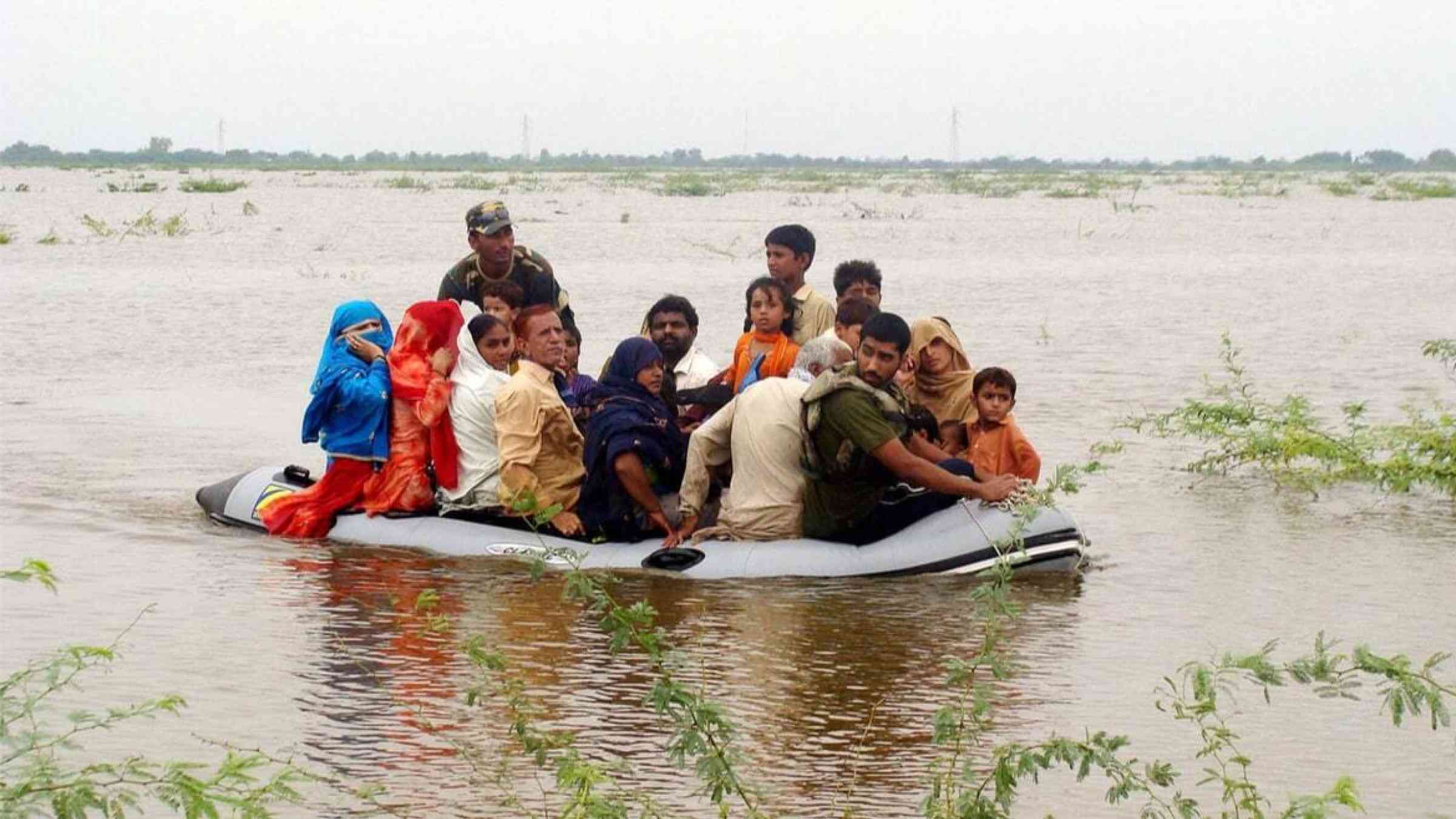A disaster emergency is underway in Asia and the Pacific as risks outpace resilience, warns new UN study

The Asia-Pacific region has a narrow window to increase its resilience and protect its hard-won development gains from the socioeconomic impacts of climate change, according to the latest report by the United Nations Economic and Social Commission for Asia and the Pacific (ESCAP). In the absence of immediate action, temperature rises of 1.5°C and 2°C will cause disaster risk to outpace resilience beyond the limits of feasible adaptation and imperil sustainable development.
Climate change-induced disasters pose an increasingly serious threat to the Asia-Pacific region and climate disaster-related losses are already enormous. In 2022 alone, over 140 disasters struck the region, leading to over 7,500 deaths, affecting over 64 million people and causing economic damage estimated at US$57 billion.
However, the consequences of inaction are greater. The Asia-Pacific Disaster Report 2023 projects disaster-related deaths and economic impacts to amount to annual losses nearing $1 trillion or 3 per cent of regional GDP under a scenario of 2°C warming.
The report further shows that the most vulnerable subregions, such as the Pacific small island developing States, will experience heightened inequality and devastation in the agriculture and energy sectors, compromising food and energy security.
“As temperatures continue to rise, new disaster hotspots are emerging, and existing ones are intensifying. A disaster emergency is underway, and we must fundamentally transform our approach to building resilience,” said Armida Salsiah Alisjahbana, United Nations Under-Secretary-General and Executive Secretary of ESCAP.
Increased investments in multi-hazard early warning systems as well as expanding coverage, particularly in least developed countries, is essential in reducing fatalities. Early warning systems can also decrease disaster losses by up to 60 per cent, offering a remarkable tenfold return on investment.
The study was launched today at the opening of the eighth session of the ESCAP Committee on Disaster Risk Reduction, which convenes senior government officials and experts over the next three days to explore pragmatic solution-oriented efforts to strengthen resilience across the region.
“We are at a critical juncture in our efforts to achieve sustainable development. Climate-induced disasters and other disasters affect countries and communities. Tackling this global threat requires concerted efforts to speed up transformative actions across all sectors,” underscored H.E. Police Lieutenant General Nadhapit Snidvongs, Vice Minister of Interior, Thailand in his keynote.
This year’s Committee will further focus on critical actions such as targeted transformative adaptation which enables vulnerable households to protect their assets and livelihoods in hazard risk hotspots. The Committee is also expected to endorse a regional strategy to achieve early warning for all by 2027.
The proposed regional strategy builds on the global Executive Action Plan on Early Warnings for All, 2023–2027, launched by the UN Secretary General last year and aims to foster transboundary synergies between countries in Asia and the Pacific, the world’s most disaster-prone region.